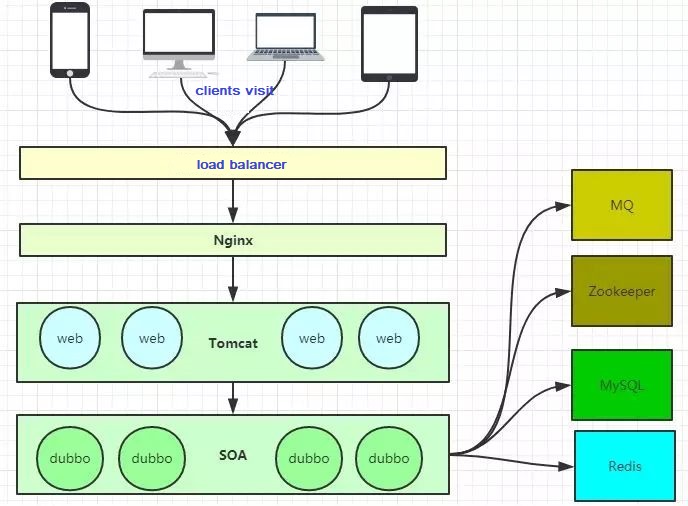What is Nginx?
Introduction
Nginx (pronounced “engine X”), is a web server that can also be used as a reverse proxy, load balancer, mail proxy and HTTP cache.The software was created by Igor Sysoev and publicly released in 2004. Nginx is free and open-source software. A large fraction of web servers use NGINX, often as a load balancer.

Features
- Ability to handle more than 10,000 simultaneous connections with a low memory footprint
- Handling of static files, index files and auto-indexing
- Reverse proxy with caching
- Load balancing
- URL rewriting and redirection
Reverse Proxy
A Nginx HTTPS reverse proxy is an intermediary proxy service which takes a client request, passes it on to one or more servers, and subsequently delivers the server’s response back to the client. While most common applications are able to run as web server on their own, the Nginx web server is able to provide a number of advanced features such as load balancing, TLS/SSL capabilities and acceleration that most specialized applications lack. By using a Nginx reverse proxy all applications can benefit from these features.
Refer the Links
https://en.wikipedia.org/wiki/Nginx
http://nginx.org/en/docs/beginners_guide.html
https://www.geekjc.com/post/58e70c55e8d0c72d3c4fa340
https://cloudwith.me/posts/what-is-nginx-and-how-can-it-improve-the-performance-and-security-of-your-app